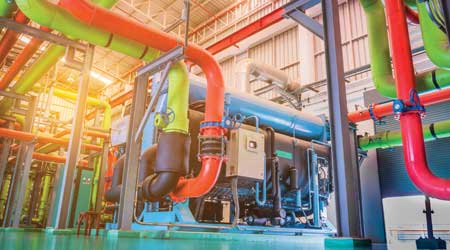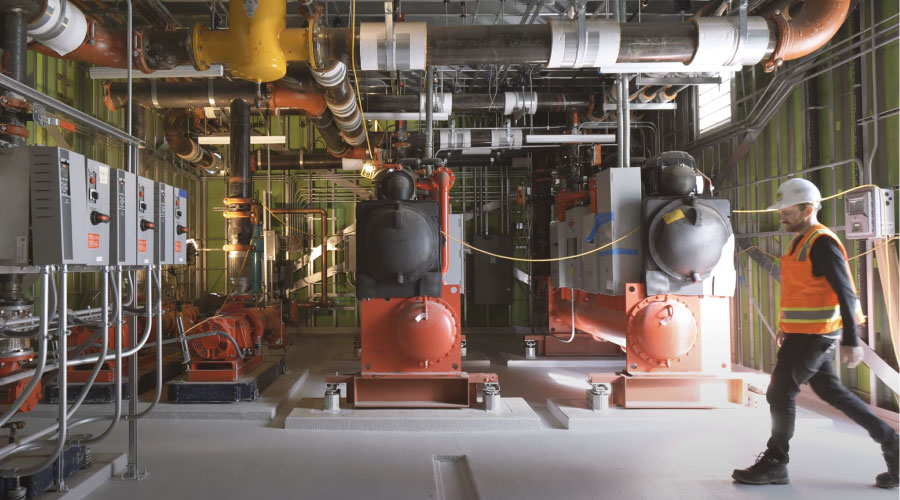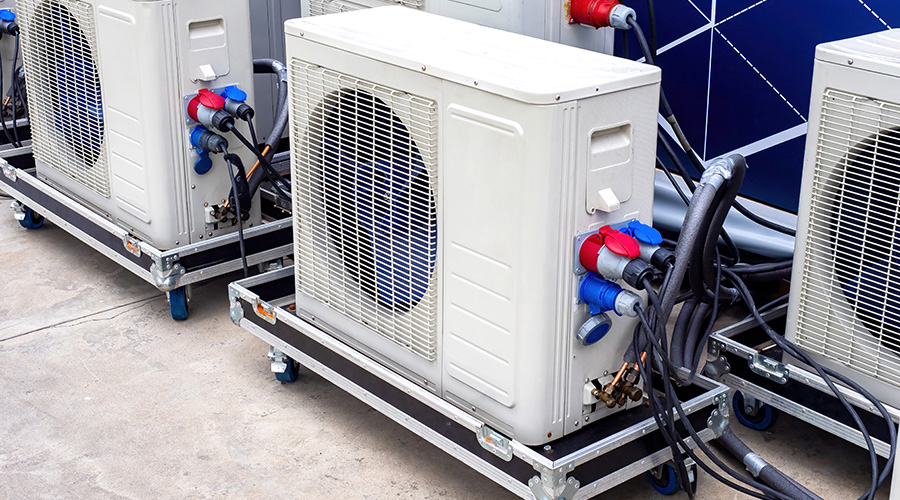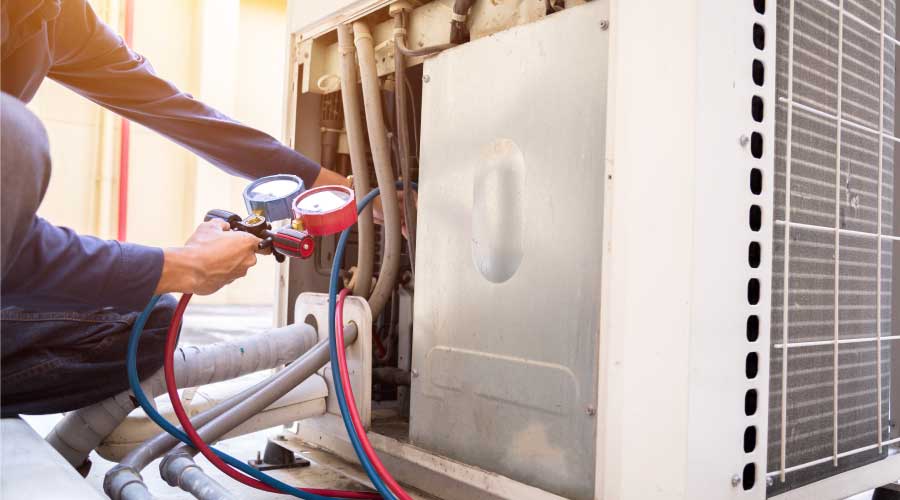Understanding Technology Advances in Variable Frequency Drives
VFDs are not new, of course. But recent technology updates have made them a more acceptable tool for saving energy and operating more efficiently.
Advances in technology are offering facility managers options for HVAC system designs that promise improved reliability and reduced energy costs. These advances are coming in the equipment being designed into the systems themselves, and in the software that is communicating with and controlling those systems. Since these advances provide the potential to reduce the per square foot energy use for a commercial institutional building by as much as 15 to 20 percent, facility managers are taking notice. While they can be applied to practically any building, these advances are most effective when they are built into new or renovated building designs.
Variable frequency drives (VFD) are not new; they have been used to regulate the speed of fans and pumps for years. It is just that they have finally been accepted as an important tool in managing energy use. As a result, their use is being expanded to almost any type of motor-driven system that serves a load that varies, including chillers.
A building system is designed with sufficient capacity to meet the peak load served by that system. If that wasn’t true, conditioned spaces in a facility would be inadequately heated or insufficiently cooled during peak weather conditions. But peak heating and cooling loads occur less than three percent of the total number of hours of operation in a typical year. And as the load falls off, fans and pumps may be throttled back somewhat, but their energy use drops off only slightly. The installation of a VFD can change that.
For example, most building chilled, heating, and condenser water systems are designed as constant flow systems, no matter what the load is on the system. This means that the pump will continue to use the same amount of energy even when the load on the system has been reduced.
A VFD installed on that same pump can be used to slow the pump as the load on the system is reduced. For a typical pumping system, reducing the flow by 50 percent reduces the energy draw of the pump motor by more than 80 percent.
The savings are even greater with centrifugal chillers. A typical centrifugal chiller with a conventional vane control system operating at 50 percent of its full load capacity draws nearly 80 percent of the energy it uses at full load. That same chiller operating at 50 percent load when fitted with a VFD would draw only one-third of its full load energy use. And chillers, like other HVAC equipment, operate at part load the vast majority of the time.
VFDs offer other advantages, including increased motor life and reduced motor and drive maintenance. Every time a motor that drives a fan or pump is started, the current that it draws is much greater than the current it draws even when operated at full load. This in-rush current generates heat and stress in the motor’s windings. This heat and stress, particularly in motors that are started and stopped frequently, can lead to the early failure of the motor.
VFDs greatly reduce this damage by performing a soft start of the motor. Every time the motor is started, the VFD initially applies low frequency and voltage, gradually ramping it up to the motor’s normal operating voltage and frequency, allowing the motor to start without being subjected to a large current in-rush.
Related Topics:














